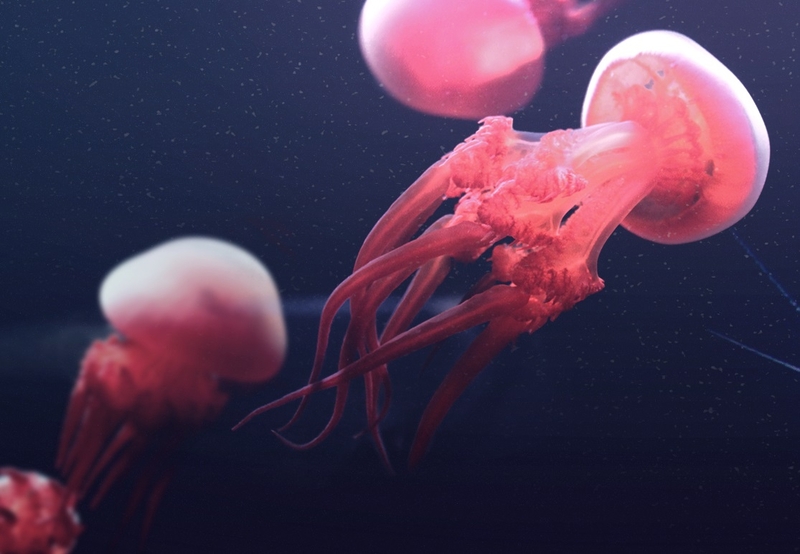The difference between jellyfish and sea jellyfish is mainly reflected in classification, physiological structure, living habits and other aspects. Although they are similar in appearance and are often confused, in fact, sea jellyfish is a kind of jellyfish, and there are obvious differences between the two.
Jellyfish: It is a general term for organisms of the Scyphozoa class under the Cnidaria phylum, including multiple species including sea jellyfish.
Jellyfish (Rhopilema esculentum): It is a type of jellyfish, belonging to the Scyphozoa, Rhizostomeae, an edible jellyfish, commonly found in coastal areas of China.
Summary: All jellyfish are jellyfish, but not all jellyfish are jellyfish.

| Characteristics | Jellyfish | Jellyfish |
|---|---|---|
| Umbrella morphology | The umbrella body is transparent or translucent, with various shapes | The umbrella body is thick, hemispherical or oblate |
| Oral arms (tentacles) | Most jellyfish have long tentacles | Jellyfish have almost no obvious long tentacles, and their oral arms are short and thick |
| Color | The colors vary, such as transparent, blue, pink, etc. | Generally pale yellow or light brown |
| Body size | From a few centimeters to 2 meters | Larger in size, generally up to 50-60 cm in diameter |
Jellyfish tentacles are generally long, while sea jellyfish tentacles are short and thick, and may even look like they have no tentacles.
Toxicity: Some jellyfish species (such as aquarium/portuguese-man-of-war.html">Portuguese man-of-war and box jellyfish) are extremely toxic, while sea jellyfish are less toxic and usually do not cause serious harm to humans after being stung.
Jellyfish: They are found in almost all oceans around the world, including deep and shallow seas.
Jellyfish: They mainly live in warm coastal shallow waters, especially in coastal China, Japan, North Korea and other areas.
Jellyfish rely on water flow to float, and most species will actively swim, but are not good at swimming against the current.
Jellyfish are better at swimming than ordinary jellyfish, and can propel themselves forward in the water by contracting their parachute.
Most jellyfish are inedible, but some species can be used to make dishes such as jellyfish salad.
Jellyfish is an important edible jellyfish, and its umbrella part can be eaten after salting, and is widely used in Chinese cold dishes, such as jellyfish skin, jellyfish head, etc.
| Comparison items | Jellyfish | Jellyfish |
|---|---|---|
| Classification | A general term for the class Scyphozoa, including many jellyfish | A specific species under the order Nematozoa |
| Appearance | Transparent umbrella body, long tentacles | Thick umbrella body, short tentacles |
| Toxicity | Some species are highly toxic, such as the box jellyfish | Less toxic |
| Distribution | Global oceans, both deep and shallow seas | Mainly distributed in coastal China, Japan, North Korea and other regions |
| Mobility | Mainly float with the current, some can actively swim | Can actively swim by contracting the parachute |
| Edibility | Most of them are inedible | It is an important edible jellyfish and can be processed into jellyfish skin and jellyfish head |
Summary: Jellyfish is a type of jellyfish, but not all jellyfish are jellyfish. Jellyfish are more common in people's daily lives because of their large size, low toxicity and edible nature. There are many types of jellyfish with different shapes, and some types are extremely toxic.
animal tags: jellyfish
We created this article in conjunction with AI technology, then made sure it was fact-checked and edited by a Animals Top editor.